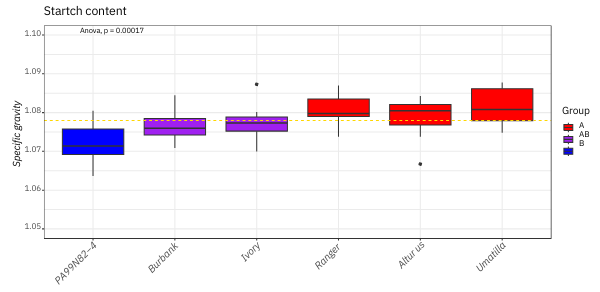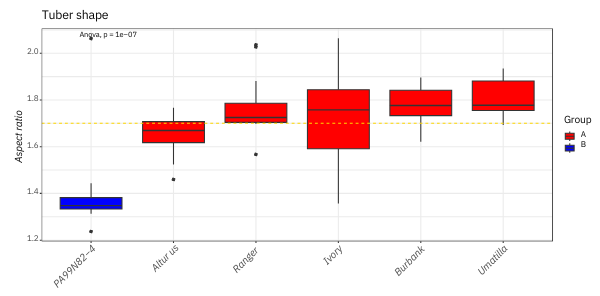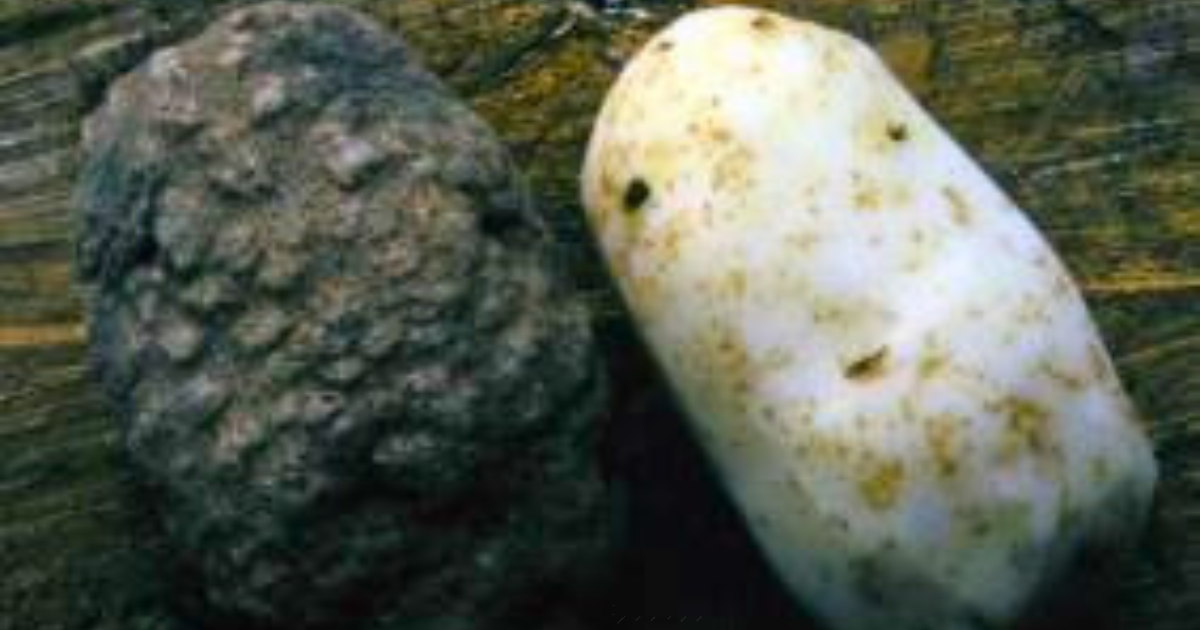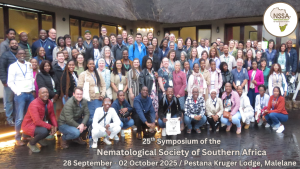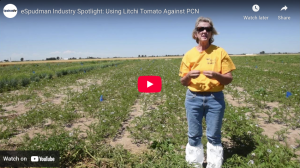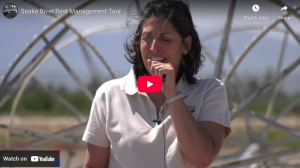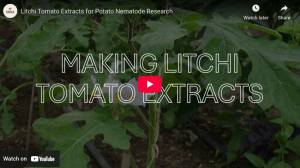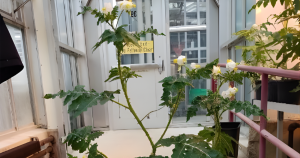Breeding Potatoes for Columbia Root-Knot Nematode Resistance
How is nematode resistance measured?
Nematode reproduction on plant host:
1. Inoculate each plant with known quantity of nematodes
2. Culture inoculated test plants for >60 days (2 – 3 generations)
3. Extract nematodes from soil and calculate abundance using microscope
4. Calculate reproductive factor (RF)
RF = Final nematode count/number of nematodes at start of trial
• RF > 1 is a good host (susceptible)
• RF < 1 is a poor host (tolerant)
• RF < 0.1 is a non-host (resistant)

Field screen for nematode damage:
Plant clones in a nematode infested field and evaluate symptomology
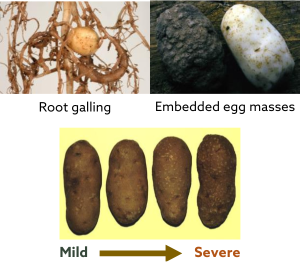
Are there any known sources of genetic resistance to Columbia root-knot nematode (Meloidogyne chitwoodi)?
There are no cultivated potato varieties that exhibit resistance to Columbia root-knot nematode.
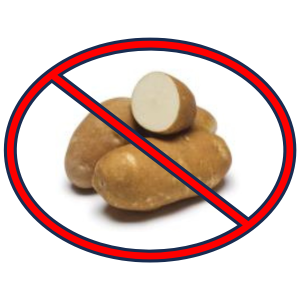
Screens of wild potato relative species have identified the following species that are non-hosts:
• Solanum bulbocastanum
• Solanum hougasii
• Solanum fendleri (stoloniferum)
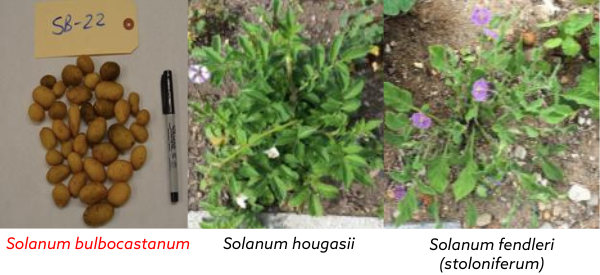
Introgression of resistance:
1. Resistance from S. bulbocastanum was introgressed into S. tuberosum background through somatic hybridization
2. Resistances is inherited dominantly across multiple genetics backgrounds
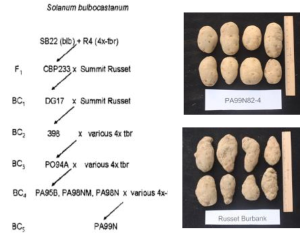
Our most advanced resistant clones do not meet industry standards:
• PA99N82-4 has low specific gravity
• PA99N82-4 is not oblong enough for French fry production
